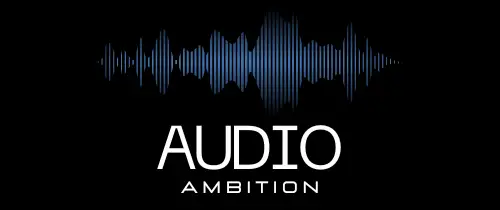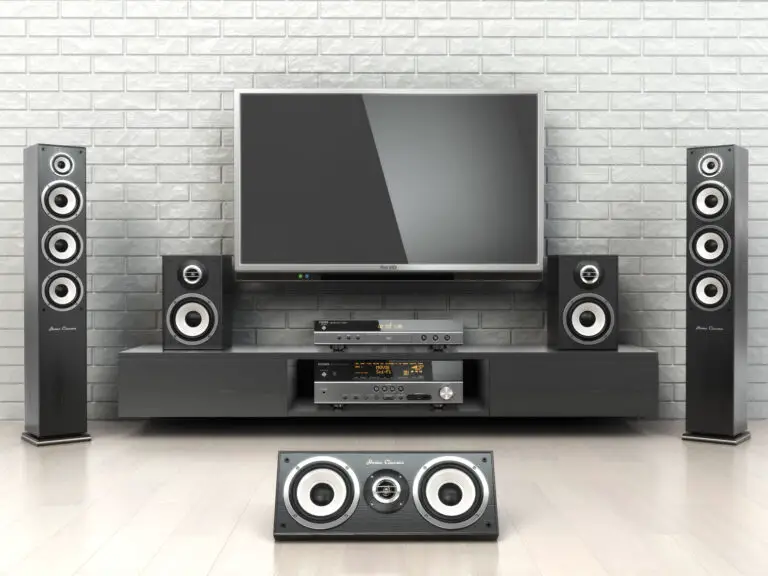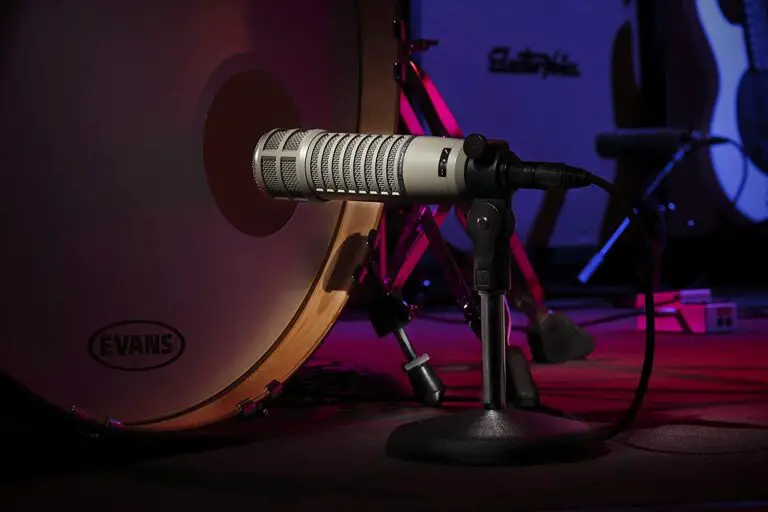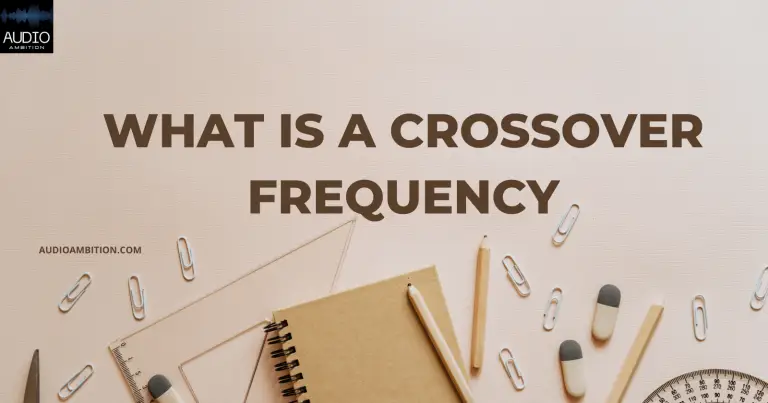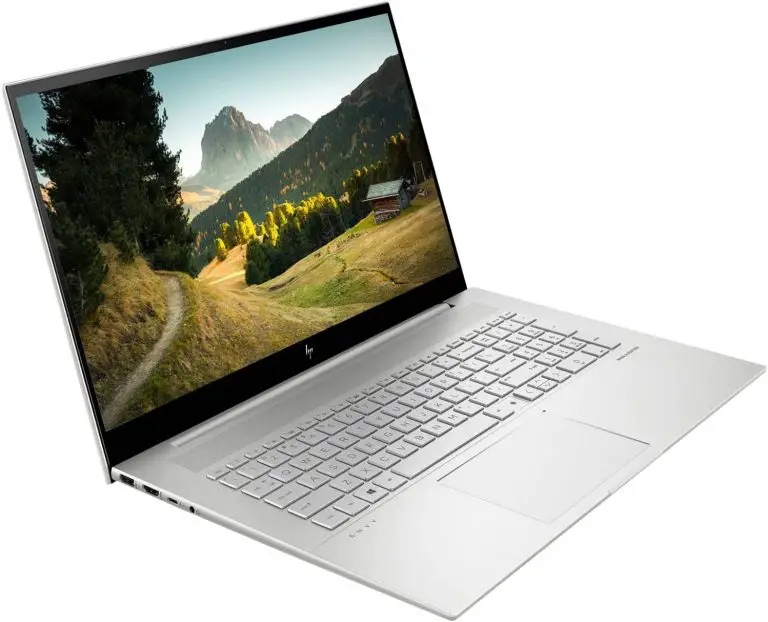XLR to USB adapters are handy tools for anyone looking to connect their XLR microphones to computers for recording, streaming, or podcasting. These adapters make it easy for users to record high-quality audio directly onto their computers without the need for additional equipment.
XLR connectors are commonly used in professional audio applications, requiring a converter to interface with USB ports on laptops and desktops.
There’s a variety of XLR to USB converters available, so choosing the right one depends on one’s specific needs and preferences. Factors to consider include sound quality, compatibility, and budget. Some popular options include the Shure X2u and the HOSONGIN USB Microphone Cable, each with its unique set of features and capabilities.
Regardless of which adapter you choose, the goal is to achieve a seamless connection between your XLR microphone and your computer’s USB port out. This gives you the flexibility to produce high-quality audio recordings on your computer, perfect for musicians, podcasters, and content creators who need an accessible and efficient solution for their audio setups.
XLR to USB Basics
What Are XLR and USB?

XLR connectors are typically used in professional audio and video equipment, particularly for microphones and mixing consoles or headphones. They generally have three pins (though they can have more) for a balanced audio signal. the USB connector, or Universal Serial Bus, is a widely used connection standard for data transfer and charging devices.
XLR to USB Applications
XLR to USB adapters and cables can be useful for those who want to connect a traditional XLR microphone to their computer for recording or streaming purposes. These converters typically come in two forms: cables with built-in adapters and standalone adapters.
Examples of XLR to USB converters include the Shure X2u XLR-to-USB Signal Adapter which offers additional features such as +48V phantom power switch, pre-amp with mic gain control, and zero-latency monitoring.
This type of adapter is more versatile and provides a better connection for condenser microphones compared to a basic XLR to USB cable. The HOSONGIN USB Microphone Cable is another option, offering USB male to XLR female connections for microphones and recording.
When choosing a converter, it’s essential to consider the type of microphone being used (dynamic, a condenser mic, or powered) and ensure that the device is compatible with the specific microphone and computer. Some adapters and cables work better with certain types of microphones and setups.
Watch this video:
XLR to the USB interface is not only for microphones but can also be used to connect other XLR audio devices such as mixers and pre-amps to a computer for audio recording, editing, and streaming.
In conclusion, XLR to USB connectivity allows for a versatile and straightforward solution for connecting various audio equipment with a computer, making it perfect for content creators and music enthusiasts alike.
Types of Microphones

When it comes to recording audio, there are two main types of microphones that you are likely to encounter: dynamic microphones and condenser microphones.
These microphones differ in their construction, sound characteristics, and applications. In this section, we will explore both types and discuss their key features and common uses.
Dynamic Microphones
Dynamic microphones are a popular and versatile choice for a wide range of applications. They utilize a simple and rugged design that features a diaphragm attached to a coil in a magnetic field. When sound waves hit the diaphragm, the coil moves in the magnetic field, generating an electrical signal.
Some benefits of dynamic microphones include:
- Robust and durable construction
- Generally less expensive than condenser microphones
- Better for handling high sound pressure levels, making them suitable for recording loud instruments or live performances
Some popular brands that produce dynamic microphones include Shure, Sennheiser, and Audio-Technica.
However, dynamic microphones also have some drawbacks, such as:
- Heavier and larger than condenser microphones
- Less sensitive, which may require more gain from the sound source
- Less accurate high-frequency response compared to condenser microphones
Condenser Microphones
Condenser microphones (also known as capacitor microphones) work on a different principle compared to dynamic microphones by using a capacitor to convert sound waves into an electrical signal. They are known for their sensitivity and accurate reproduction of sound, making them suitable for recording vocals or acoustic instruments.
There are several key features of condenser microphones:
- Require an external power source, such as phantom power, for operation
- Offer a wider frequency response and better transient response than dynamic microphones
- More sensitive, capturing subtle nuances in sound
Popular brands that manufacture condenser microphones include Rode, Neumann, and AKG.
Condenser mics do have some disadvantages:
- Typically more expensive than dynamic microphones
- Less durable due to their sensitive internal components
- Not well-suited for high sound pressure levels or in humid environments
In conclusion, the choice between dynamic and condenser microphones largely depends on your specific needs and recording environment. Each type has its own strengths and weaknesses, and understanding these aspects can help you determine the best fit for your project.
Adapter and Audio Interface Options
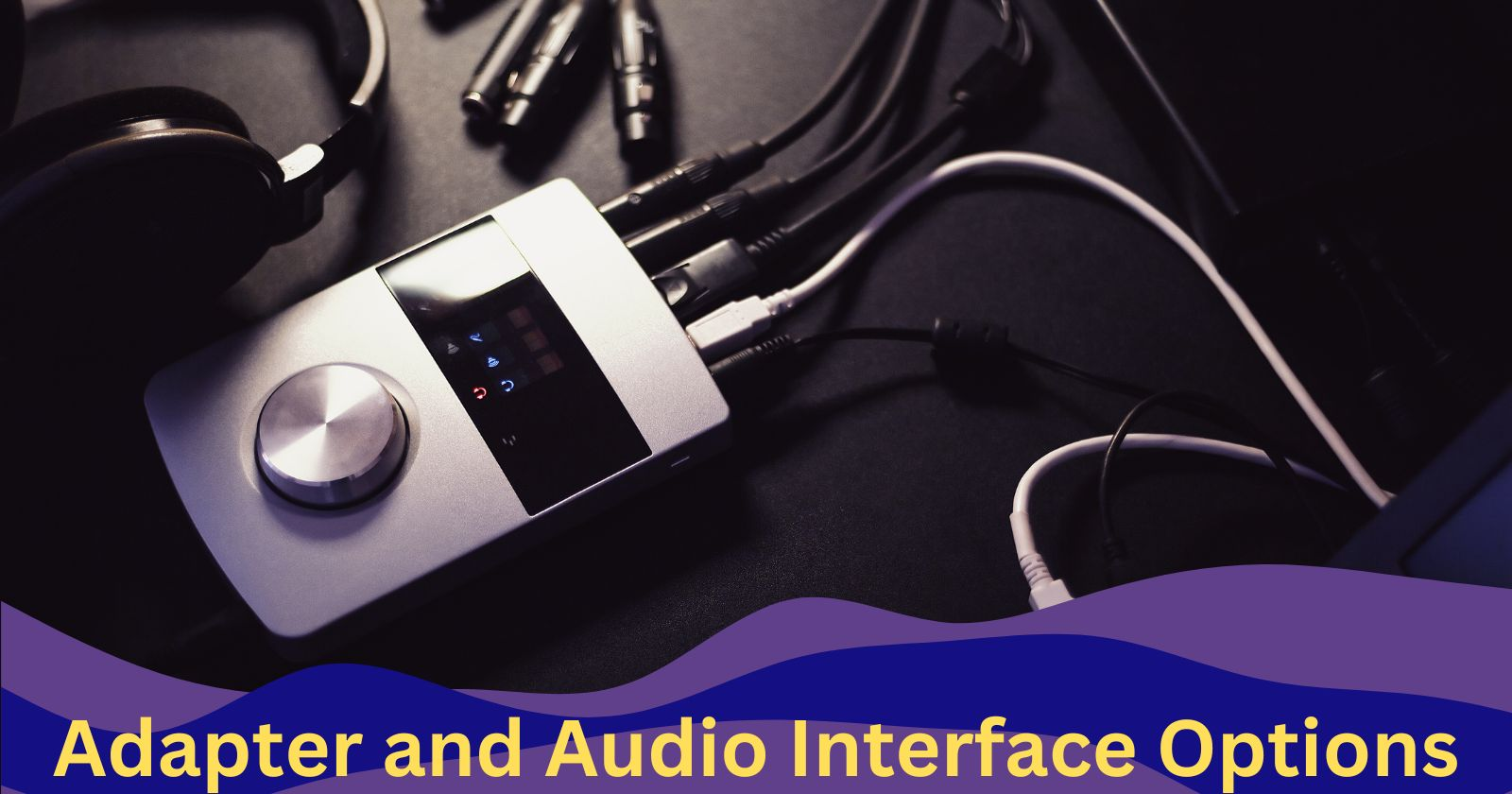
When it comes to connecting an XLR microphone to a computer, there are two main options: XLR-to-USB adapters and USB audio interfaces. In this section, we will explore the differences between these two options and discuss some popular products in each category.
XLR-to-USB Adapters
XLR-to-USB adapters are an easy and convenient way to connect your XLR microphone directly to your computer for recording. These devices typically feature a simple XLR input and a USB output for plug-and-play functionality.
One popular XLR-to-USB adapter is the Shure X2U, which offers a solid build quality and some additional features, such as:
- +48 V phantom power switch built in
- Microphone gain control
- Monitor mix control for blending audio playback with microphone input
- Zero-latency monitoring
Another well-received adapter is the HOSONGIN USB to XLR Female Microphone Cable, which is an excellent choice for users looking to record high-quality digital music without the need for expensive recording equipment.
USB Audio Interfaces
USB audio interfaces offer more flexibility compared to XLR-to-USB adapters. These units typically feature multiple inputs, allowing you to connect a headphone output to variety of audio sources, including XLR microphones, instrument cables, and line-level devices.
Some popular USB audio interfaces under $100 with XLR input include:
Behringer U-Phoria UM2
- 1 XLR input
- Phantom power support
- Instrument input for guitar or bass
- Direct monitoring
Focusrite Scarlett Solo
- 1 XLR input with premium preamp
- Phantom power support
- Instrument input for guitar or bass
- Direct monitoring
- High-resolution audio
Ultimately, the choice between an XLR-to-USB adapter and a USB audio interface will depend on your specific needs and budget. If you require a simple, budget-friendly solution for connecting a single XLR microphone to your computer, an XLR-to-USB adapter is a great option.
However, if you need more flexibility and features, investing in a USB audio interface might be a better choice.
Popular XLR to USB Accessories
In this section, we’ll cover some popular XLR to the USB cables and accessories that musicians and audio enthusiasts commonly use. These adapters and interfaces offer different features and benefits, so choosing the right one for your needs is important.
Shure X2U
The Shure X2U is a high-quality XLR to USB adapter cable that has a robust feel and additional features as compared to a simple cable, such as +48 V phantom power switch built right into the device. This adapter cable is suitable for musicians who want to record or perform using a professional microphone with their computer.
- Provides +48 V phantom power
- Adjustable gain and headphone monitoring
- Compatible with both Windows and Mac
Behringer U-Phoria UM2
Another popular option is the Behringer U-Phoria UM2 audio interface, which has a combination of analog XLR and 1/4-inch inputs, allowing it to be used with both microphones and instruments. This interface is budget-friendly and provides a simple solution for home recording.
Features include:
- One XLR input with +48 V phantom power
- Dedicated instrument/line input
- USB-powered
- Compatible with a variety of recording software
Focusrite Scarlett Solo 3rd Gen
The Focusrite Scarlett Solo 3rd Gen is a versatile USB audio interface with both XLR and 1/4-inch inputs, allowing for the connection of a microphone, instrument, or line-level device. This interface offers excellent audio quality, high-performance converters, and a compact design suitable for portable recording studio setups.
Key features:
- One XLR input with 48 V phantom power
- One instrument/line input
- Direct monitoring
- USB-powered and compatible with Windows and Mac
This popular XLR to USB accessories cater to a range of needs and budgets, making it easy for musicians and audio enthusiasts to find the right solution for their recording and performance needs.
